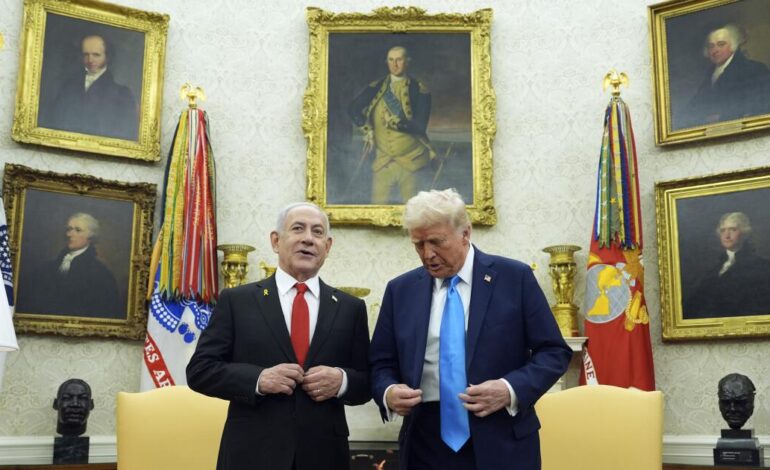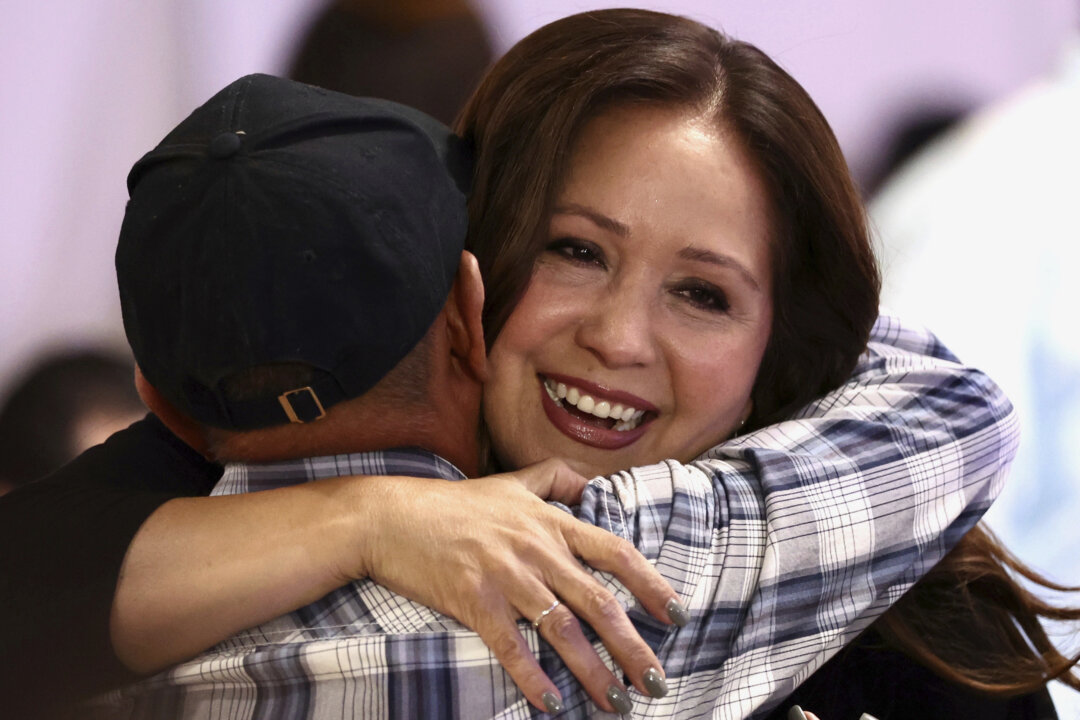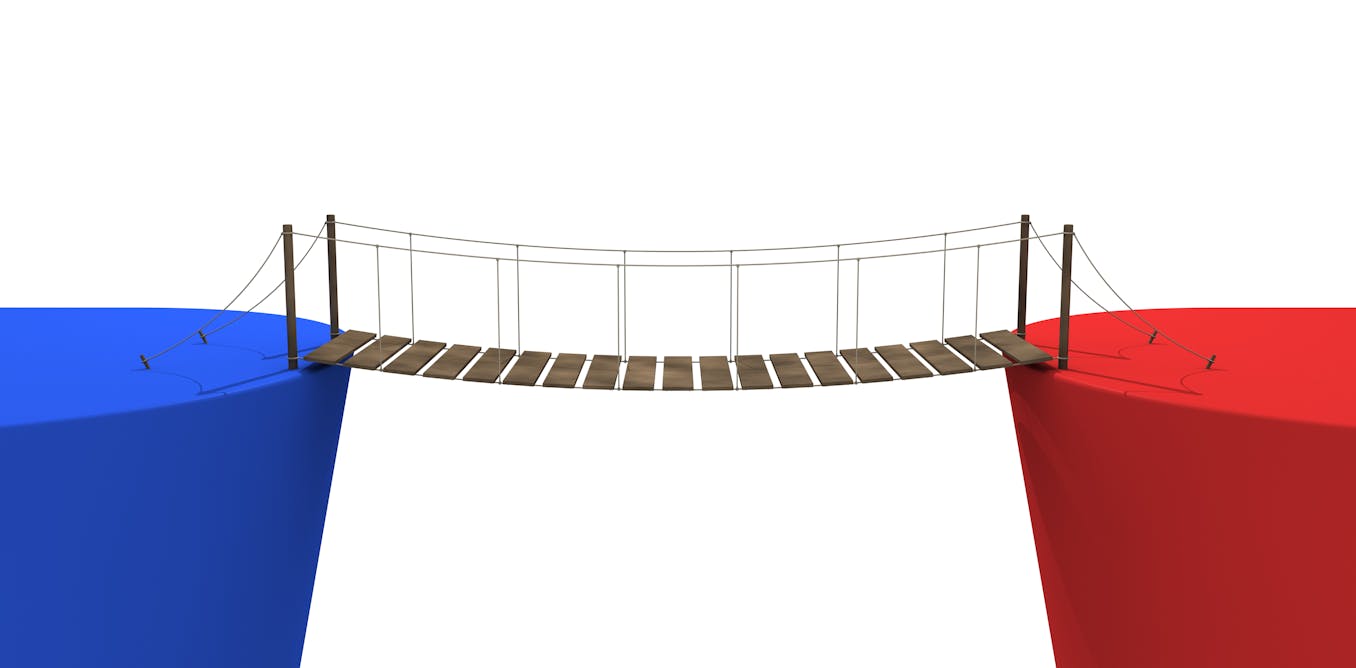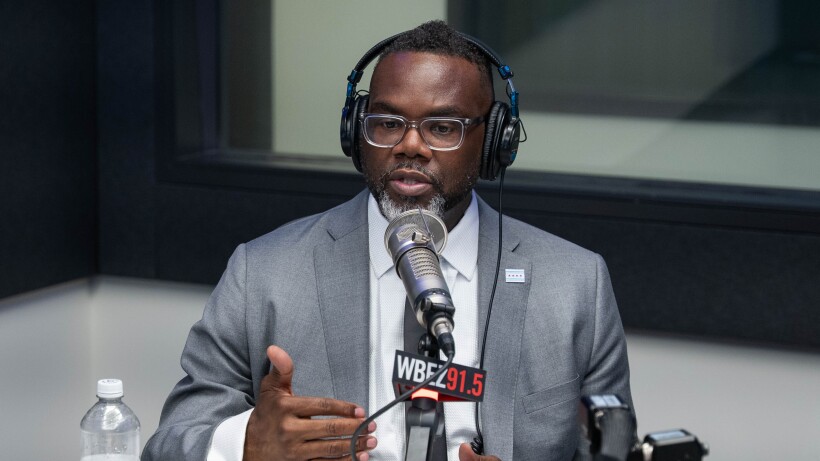Trump Takes Bold Steps to Secure Middle East Peace Deal

President Donald Trump has made significant progress in addressing the ongoing conflict in the Middle East with the announcement of a new peace deal. This agreement aims to not only bring home hostages held by Hamas but also to establish a framework for lasting peace in the region. The deal represents a culmination of ideas from Trump’s previous 20-point peace plan, which has gained traction since his reelection.
As of October 6, 2023, just before Hamas launched its recent assault, the Middle East was on the brink of a historic shift with the potential normalization of relations between Saudi Arabia and Israel. Despite the setbacks following the violence, Trump’s administration is now tasked with repairing the fragile state of Arab-Israeli relations, which have been significantly weakened since the successful Abraham Accords during his previous term.
Trump’s Responsibility for Peace
The president’s new plan not only seeks to halt the fighting in Gaza but also aims to lay the groundwork for sustainable regional peace. This ambitious undertaking places Trump in a position of significant responsibility. He must now navigate the complexities of Middle Eastern politics while ensuring the integrity of the deal he has championed.
International observers are closely watching how Trump will manage this commitment. The Chinese, for instance, are evaluating whether he can maintain a broad alliance in the face of challenges, while the Russians are interested in his adherence to the terms of the agreement. Meanwhile, the Iranian government will scrutinize whether Trump can balance the intricate details of Gaza reconstruction with the broader goal of solidifying an Arab-Israeli coalition that previously provided stability against Iranian aggression.
The stakes are undeniably high, with the success of this initiative potentially reshaping America’s role in the region and influencing global geopolitics.
Challenges Ahead for Implementation
Despite the achievement of reaching this agreement, the path to successful implementation presents numerous challenges. The execution of the plan will require a substantial and specialized team, far beyond the typical small group of advisors. Addressing issues such as military command and control, ordnance disposal, and civilian rehabilitation will necessitate the expertise of professionals in various fields.
Although corporate subcontracting and the experience of figures such as former British Prime Minister Tony Blair can assist, it is crucial to recognize that this peace initiative ultimately falls under the responsibility of the U.S. government. The implications of the plan, branded with Trump’s name, underscore the need for robust governmental involvement rather than reliance on external consultants.
Additionally, Trump faces the significant task of communicating the reasons behind this renewed commitment to the American public. For nearly two decades, U.S. presidents from both parties have expressed a desire to pivot away from Middle Eastern entanglements yet found themselves mired in the region’s complexities. Americans deserve clarity on why the “America First” administration now sees its interests intertwined with the success of this peace deal.
While domestic divisions exist, many across the political spectrum hope for Trump’s success in this endeavor. In the immediate aftermath of the agreement, there is room for celebration as the president prepares for the anticipated release of hostages. Nevertheless, the more significant challenges lie ahead, demanding focused efforts and strategic execution to achieve enduring peace in the Middle East.






